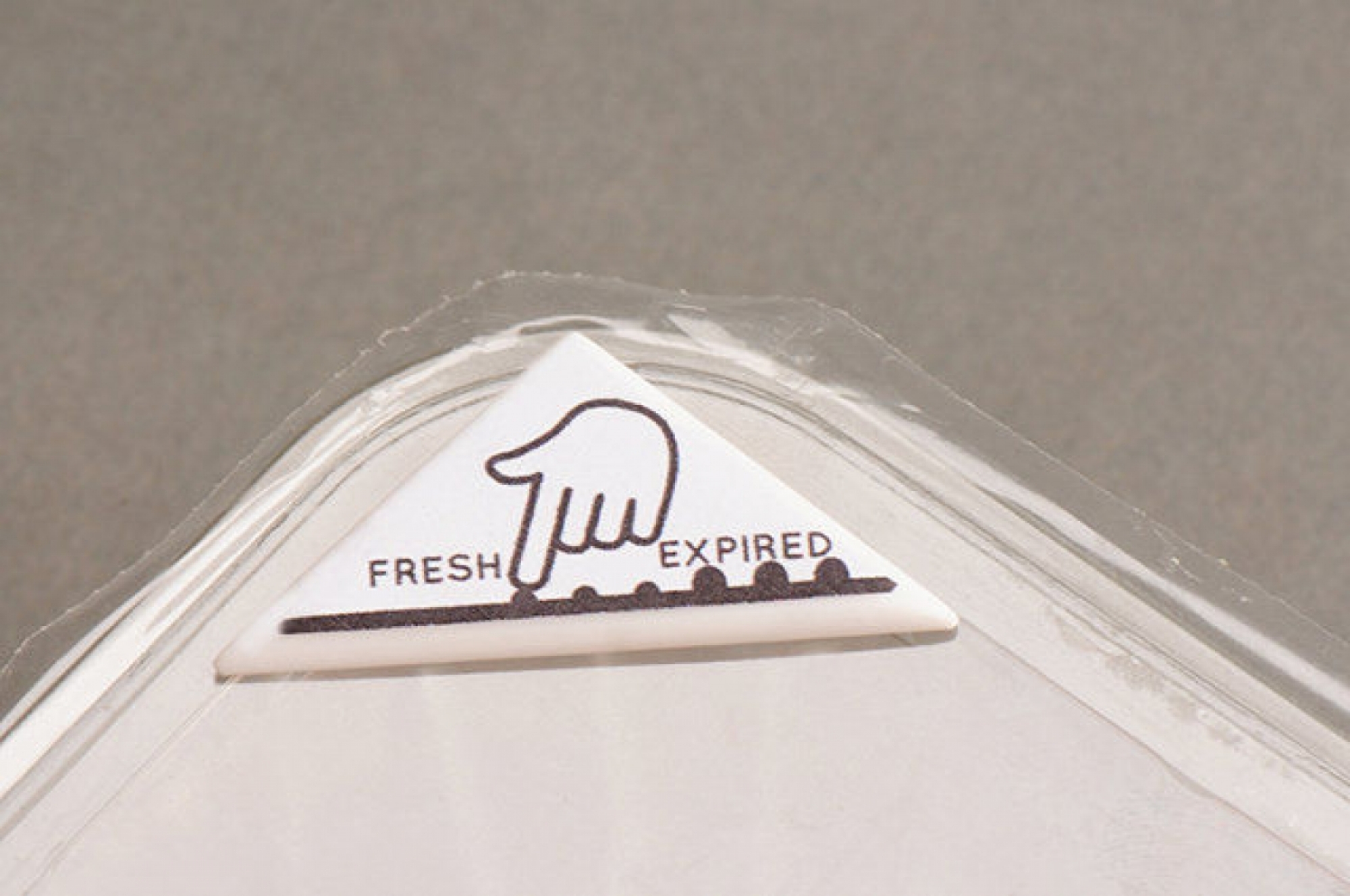Photo: TrendHunter
Functional packaging is becoming an increasingly popular method for brand owners to differentiate and market their product effectively, while increasing customer interaction and their overall brand experience.
Functional packaging can feature both ‘added bonus’ and informative concepts, such as: bio-reactive colour changing technology to detect food spoilage; a clear window to measure out portion sizes easily and even egg packaging that boils without the use of water.
Improved design ergonomics also means that the packaging of today and the future will no longer function as just a container for items; the ever-evolving adaptability and functionality of packaging continues to improve the ‘on the go’ capabilities of a product or increase the shelf life.
Sustainability will also become more prevalent as the need to address key concerns grow in three core areas: the amount of packaging associated with the rapid growth in ecommerce; the fight against excessive food packaging and as well as how to improve packaging that doesn’t allow consumers to effectively use the entire product, such as cosmetics tubes and condiment bottles.
Printed electronic components will continue to feature more prominently within luxury packaging especially and will increasingly include personalised text, images or sound all driven from through a small printed power source embedded into the design. Another use for this is within anti-counterfeiting on premium items such as alcohol, perfumes and pharmaceuticals. This technology is very much in its infancy, due to high costs and the need for flexographic printing machinery that prints in a similar way to inks for ambient packaging – that is to say, food grade quality. However, it is certainly a technology that is generating more and more interest from brand owners and packaging designers and printers.
Lastly, from a personal perspective, I’m particularly interested to see what bio-degradable options become available in the near future for those every day snacks and confectionery we love. Why? Because believe or not, even the humble crisp packet takes 75 years to degrade!
